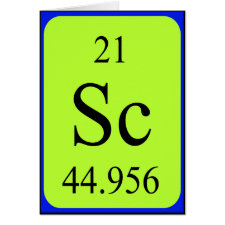
Authors: Wang XY, Yu JL, Wu XQ, Fu JQ, Kang Q, Shen DZ, Li JH, Chen LX
Article Title: A molecular imprinting-based turn-on Ratiometric fluorescence sensor for highly selective and sensitive detection of 2,4-dichlorophenoxyacetic acid (2,4-D).
Publication date: 2016
Journal: Biosensors and Bioelectronics
Volume: 81
Page numbers: 438-444.
DOI: 10.1016/j.bios.2016.03.031
Alternative URL: http://www.sciencedirect.com/science/article/pii/S0956566316302214
Abstract: A novel molecular imprinting-based turn-on ratiometric fluorescence sensor was constructed via a facile sol-gel polymerization for detection of 2,4-dichlorophenoxyacetic acid (2,4-D) on the basis of photoinduced electron transfer (PET) by using nitrobenzoxadiazole (NBD) as detection signal source and quantum dots (QDs) as reference signal source. With the presence and increase of 2,4-D, the amine groups on the surface of QDs@SiO2 could bind with 2,4-D and thereby the NBD fluorescence intensities could be significantly enhanced since the PET process was inhibited, while the QDs maintained constant intensities. Accordingly, the ratio of the dual-emission intensities of green NBD and red QDs could be utilized for turn-on fluorescent detection of 2,4-D, along with continuous color changes from orange-red to green readily observed by the naked eye. The as-prepared fluorescence sensor obtained high sensitivity with a low detection limit of 0.14 μM within 5 min, and distinguished recognition selectivity for 2,4-D over its analogs. Moreover, the sensor was successfully applied to determine 2,4-D in real water samples, and high recoveries at three spiking levels of 2,4-D ranged from 95.0% to 110.1% with precisions below 4.5%. The simple, rapid and reliable visual sensing strategy would not only provide potential applications for high selective ultratrace analysis of complicated matrices, but also greatly enrich the research connotations of molecularly imprinted sensors
Template and target information: 2,4-dichlorophenoxyacetic acid, 2,4-D
Author keywords: molecular imprinting, Fluorescence turn-on, Photoinduced electron transfer, Ratiometric fluorescence, 2,4-dichlorophenoxyacetic acid (2,4-D), Water sample



Join the Society for Molecular Imprinting

New items RSS feed
Sign-up for e-mail updates:
Choose between receiving an occasional newsletter or more frequent e-mail alerts.
Click here to go to the sign-up page.
Is your name elemental or peptidic? Enter your name and find out by clicking either of the buttons below!
Other products you may like:
 MIPdatabase
MIPdatabase









